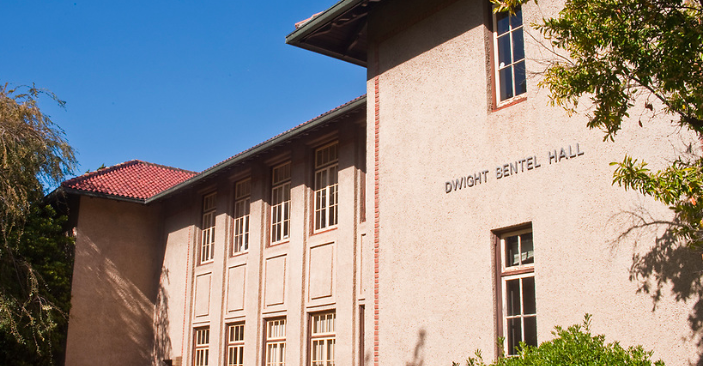Current Graduate Students

Your focus in your study here should be on preparation for the Master’s Project. Choose the right electives and use required courses to learn skills that meet your project and career goals. As an undergraduate, you might have sampled courses in a variety of areas. If you do that at the graduate level, you could end up taking more than the 30 required credits.
For a wealth of information on scholarships and support services available on the SJSU campus, visit the website of the College of Graduate Studies.
Project Guidelines
Students who want to complete their graduate degree in three semesters should begin thinking about their project or thesis topic during their first semester in the program since it typically takes at least two semesters to complete a graduate project or thesis. Students submit a project or thesis proposal in either the fall or spring semester. If the proposal is approved by the JMC Graduate Committee that semester, the student should be able to complete the project or thesis by the next semester.
The proposal process begins with the student identifying a primary adviser and two other faculty advisers to guide them through the process of proposing and completing their project or thesis. The primary adviser (and, ideally, the other two advisers) should be a faculty member who is knowledgeable about your topic. After students have secured their three-member committee, they may either begin or continue to develop their proposals.
The School usually offers three opportunities each semester for students to submit project/thesis proposals for approval by the JMC Graduate Committee. The Graduate Coordinator will email proposal deadlines to students at the beginning of each semester. Students must receive feedback on their proposals from their advisers before submitting them to the Graduate Committee. Proposals that have not been reviewed by advisers before submission are typically rejected by the Committee.
Project Template
Title page. Include “Title,” subtitle (e.g. “An electronic book for…”), Project Proposal (or Thesis Proposal), date of the draft, your name and e-mail address, name of advising committee (three) with primary adviser listed first, projected month and year of graduation.
A 2-4 page summary and rationale for the project or thesis.
Literature review. Discuss sources relevant to the content, theory, and the method that prepares you to do the project or thesis.
Method, deliverables, timeline. Break down, step-by-step, what you will produce and how you will do it. If you will be interviewing sources, list names if possible or describe the type of people you will be interviewing and how you will find them. Be clear about the final deliverables. Give yourself intermediate and final deadlines.
Letter from the client, if there is a client. This may be a printed e-mail. It should indicate interest in considering your work for use or publication. If you are doing this for a current employer, this project should be above and beyond your current duties.
Why is this worth doing? Are you confident you can accomplish this in the time allotted? A good project should be ambitious, but not too ambitious. You should be able to complete it by working very hard for ten weeks (not including the time to produce the proposal).